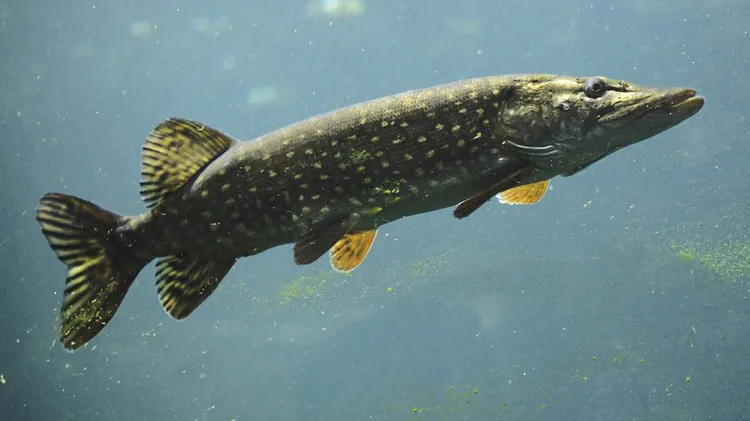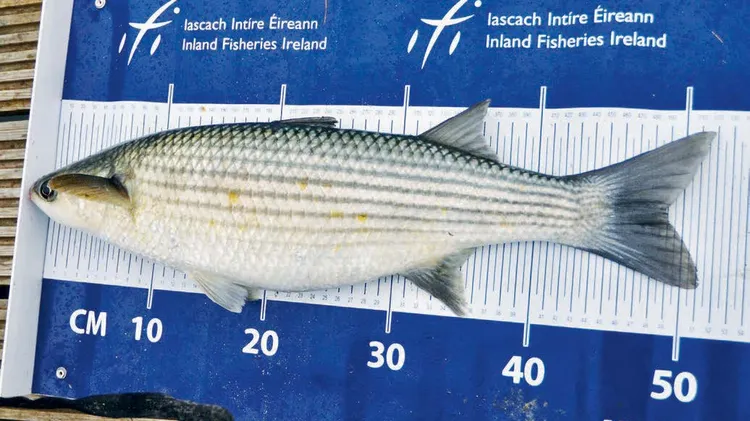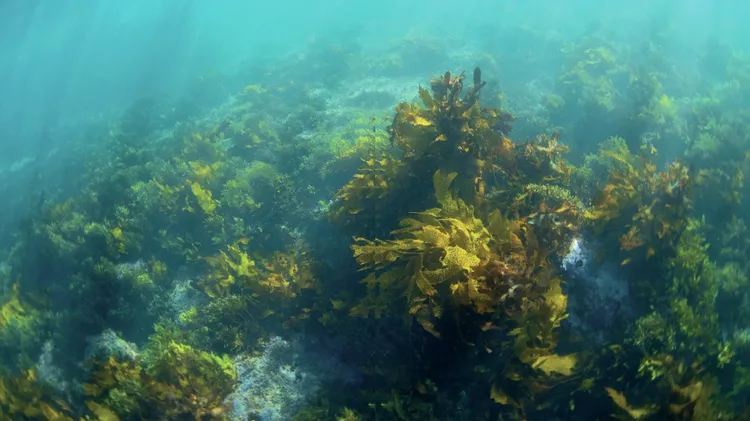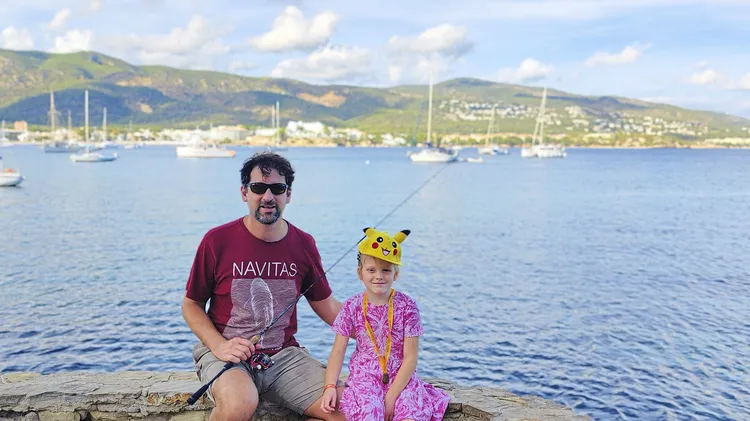To be small on a reef is a hazard, but just how import
The perilous lives of the cryptobenthic
8 min read
This article is from...
Read this article and 8000+ more magazines and newspapers on Readly






